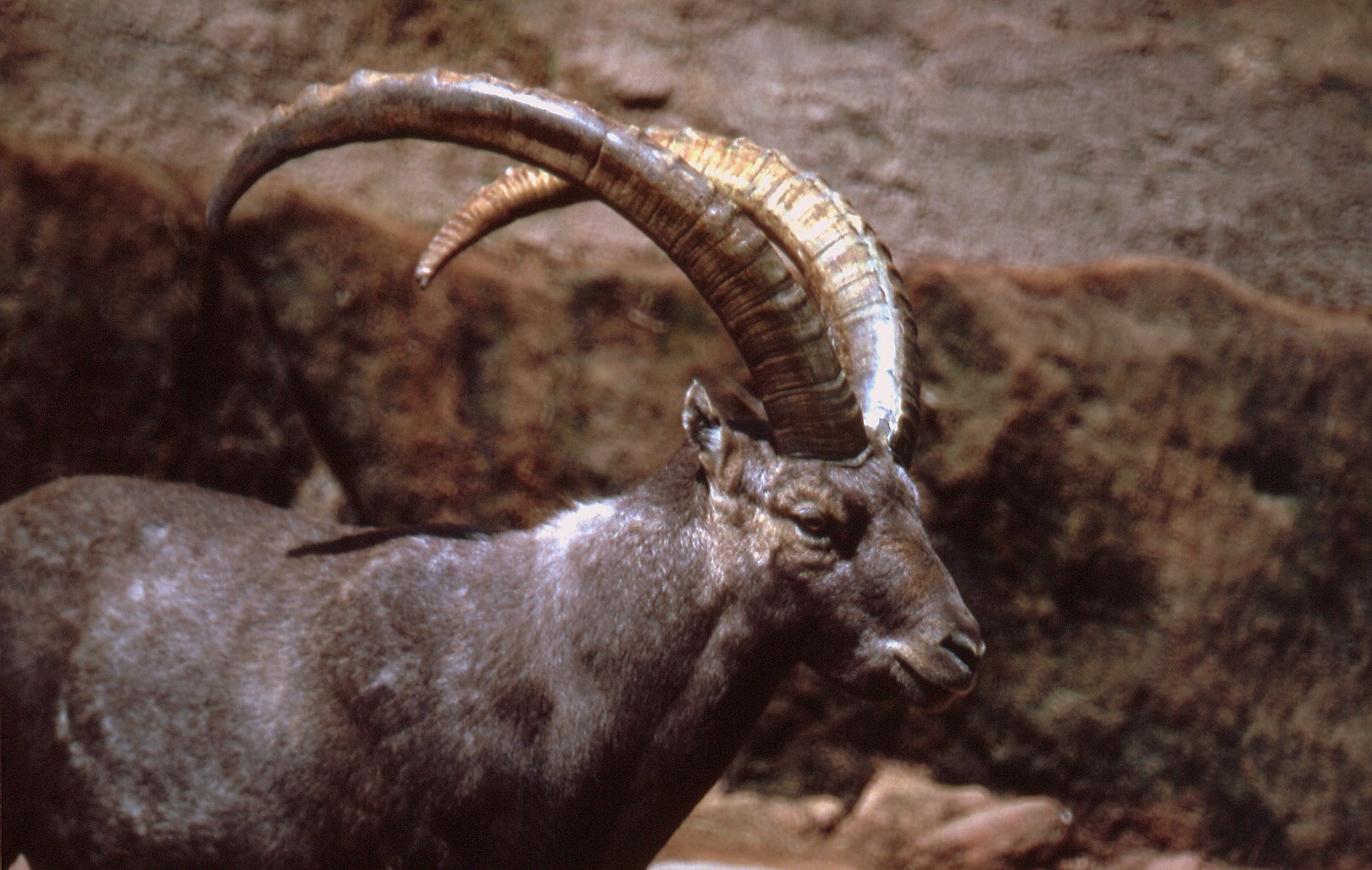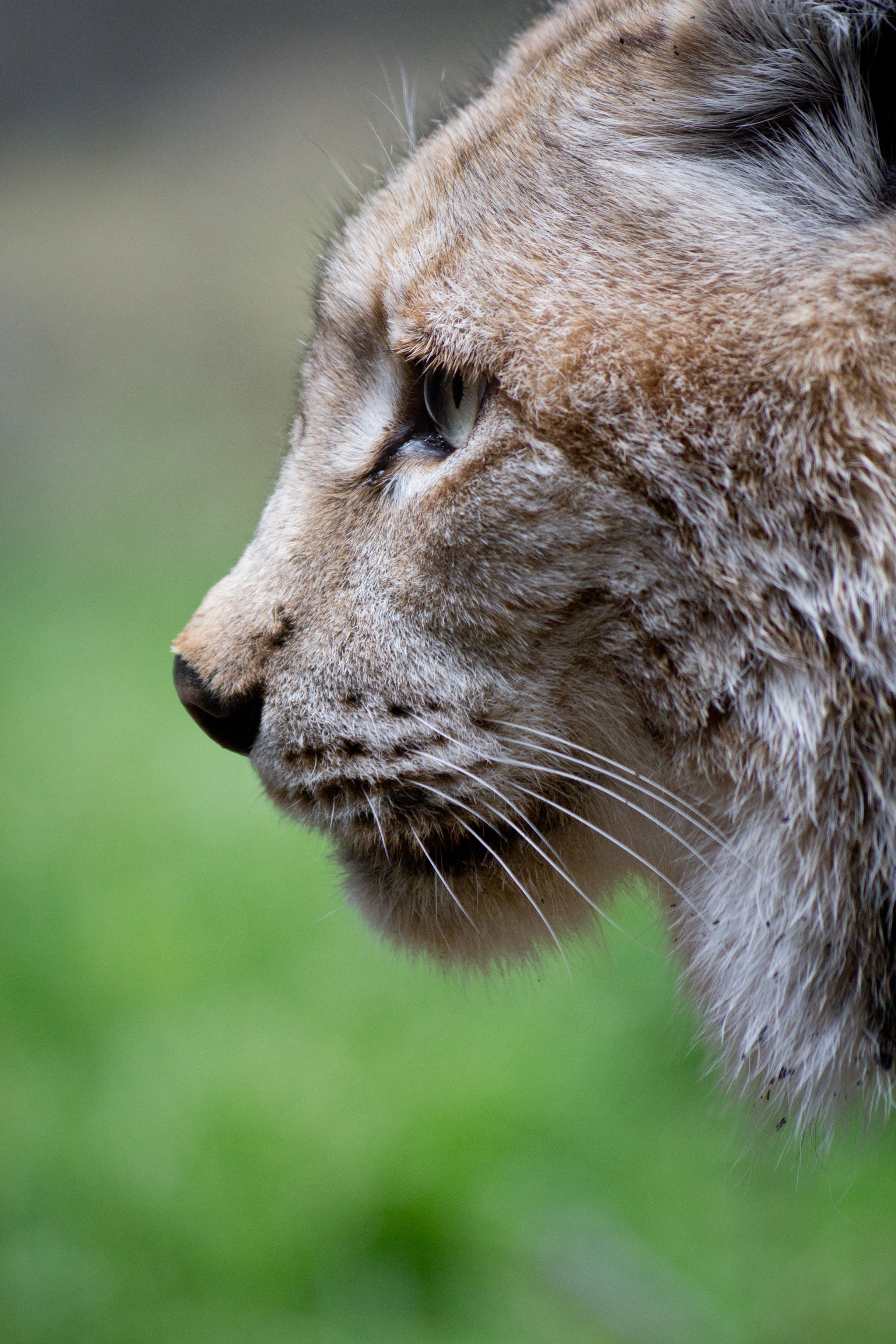|
Alichur Pamir
Alichur is a jamoat (municipality) and village in Murghob District, Gorno-Badakhshan Autonomous Region, Tajikistan. The population of the jamoat is 2,422 (2015).Jamoat-level basic indicators United Nations Development Programme in Tajikistan, accessed 7 October 2020 The name of the village means Ali's curse and is reputed to have been spoken by the prophet's son-in-law Ali on a journey through the area, on account of the harsh climate and penetrating winds there. Government As of September 2017, the leader of the community was Mahan Atabaev, a poacher turned conservationist.Ecology Alichur is participating in a community-based ecological management program called the Burgut conservancy, in an attempt to reverse the depopulation of |
Jamoats Of Tajikistan
The jamoats of Tajikistan (; , "village communes") are the third-level administrative divisions, similar to communes or municipalities, in the Central Asian country of Tajikistan. As of January 2020, there are 368 rural jamoats, 65 urban-type settlement, towns and 18 cities in Tajikistan. Each jamoat is further subdivided into villages (or ''deha'' or ''qyshqol'') The jamoats and towns, and their population figures (as of January 2015) by district of each region are listed below:Jamoat-level basic indicators United Nations Development Programme in Tajikistan, accessed 2 October 2020 Sughd Region Districts of Republican Subordination Khatlon Region Gorno-Badakhshan Autonomous Region References ...
|
Countries Of The World
The following is a list providing an overview of sovereign states around the world with information on their status and recognition of their sovereignty. The 205 listed states can be divided into three categories based on membership within the United Nations System: 193 member states of the United Nations, UN member states, two United Nations General Assembly observers#Current non-member observers, UN General Assembly non-member observer states, and ten other states. The ''sovereignty dispute'' column indicates states having undisputed sovereignty (188 states, of which there are 187 UN member states and one UN General Assembly non-member observer state), states having disputed sovereignty (15 states, of which there are six UN member states, one UN General Assembly non-member observer state, and eight de facto states), and states having a political status of the Cook Islands and Niue, special political status (two states, both in associated state, free association with New ... [...More Info...] [...Related Items...] OR: [Wikipedia] [Google] [Baidu] |
Regions Of Tajikistan
Administratively, Tajikistan is divided into: * one autonomous region (; ) * two regions (, ), sing. , , ) * the districts under republic subordination * the capital city, Dushanbe. List of regions ;Notes: Administrative divisions Each region is divided into districts (, ''nohiya'' or , ''rayon''), which are further subdivided into municipal units: either as urban municipalities called either as ''cities'' (, "cities") or ''towns'' (, "towns"), or as rural municipalities called '' jamoats'' (, "village communes"), which in turn are further subdivided into villages/settlements (, "villages/hamlets"). As of 2020, Tajikistan has a total of 47 (not including 4 districts of the capital city Dushanbe) districts; prior to 2017 it had about 58. See also * Districts of Tajikistan * List of regions of Tajikistan by Human Development Index * ISO 3166-2:TJ * Yagnob Valley References {{Asia in topic , Administrative divisions of Subdivisions of Tajikistan Tajik ... [...More Info...] [...Related Items...] OR: [Wikipedia] [Google] [Baidu] |
Gorno-Badakhshan Autonomous Region
Gorno-Badakhshan, officially the Badakhshan Mountainous Autonomous Region, is an autonomous region in eastern Tajikistan, in the Pamir Mountains. It makes up nearly forty-five percent of the country's land area but only two percent of its population.''Population of the Republic of Tajikistan as of 1 January 2008'', State Statistical Committee, Dushanbe, 2008 Name The official English name of the autonomous region is the Badakhshan Mountainous Autonomous Region. The name ''Badakhshan'' (from ; ) is derived from the Sasanian title or . "Gorno-Badakhshan" literally means "mountainous Badakhshan" and is derived from the Russian name of the autonomous region, (literally Gorno-Badakshan autonomous ''oblast''). The Russian abbreviation "GBAO" is also commonly used in English-language publications by national and international bodies such as the government of Tajikistan and the United Nations. History Borders and political authority in the Western Pamir had always been contest ... [...More Info...] [...Related Items...] OR: [Wikipedia] [Google] [Baidu] |
Districts Of Tajikistan
, the regions of Tajikistan Administratively, Tajikistan is divided into: * one autonomous region (; ) * two regions (, ), sing. , , ) * the districts under republic subordination * the capital city, Dushanbe. List of regions ;Notes: Administrative divisions Eac ... are subdivided into 47 districts (, ''nohiya'' or , ''rayon''), not including 4 districts belonging to the capital city Dushanbe, and 18 cities of regional subordination (including Dushanbe, an extraregional capital city). Before ca. 2017, there were 58 districts.''Socio-Economic Atlas of Tajikistan'' World Bank (2005)''Republic of Tajikistan'', map showing administrative division as of January 1, 2004, "Tojjikoinot" Cartographic Press, Dushanbe The districts are further subdivided into municipal uni ... [...More Info...] [...Related Items...] OR: [Wikipedia] [Google] [Baidu] |
Murghob District
Murghob District () is a district in Tajikistan, occupying the eastern two-thirds of the Gorno-Badakhshan Autonomous Region (GBAO). The area of Murghob District is 37,300 km2, covering 26 percent of Tajikistan's soil, but only 0.17% of its population. Murghob District borders on Kyrgyzstan to the north, China to the east, and Afghanistan to the south. The population of Murghob District is 15,900 (1 January 2020 estimate). Its administrative capital is the village Murghob (also known as Murghab). Demographics The estimated population of the district is around 15,900 as of 2020. According to 2015 data, the majority of the population are Kyrgyz people, Kyrgyz (around 80%) while a minority are Pamiris (estimated at 20% of the population). Administrative divisions The district is divided administratively into six jamoats of Tajikistan, jamoats. They are as follows: [...More Info...] [...Related Items...] OR: [Wikipedia] [Google] [Baidu] |
Tajikistan Time
Time in Tajikistan is given by Tajikistan Time (TJT; UTC+05:00). Tajikistan does not currently observe daylight saving time. The IANA identifier for Tajikistan Time is Asia/Dushanbe. Tajikistan observes the same time zone as most of its central Asian neighbors such as, Kazakhstan, Kyrgyzstan, Pakistan, Turkmenistan and Uzbekistan. IANA time zone database Data for Tajikistan directly from zone.tab of the IANA time zone database. Columns marked with * are the columns from zone.tab itself. History Historic time zones for Tajikistan (both as an independent country and a Soviet state) References Tajikistan Tajikistan, officially the Republic of Tajikistan, is a landlocked country in Central Asia. Dushanbe is the capital city, capital and most populous city. Tajikistan borders Afghanistan to the Afghanistan–Tajikistan border, south, Uzbekistan to ... Geography of Tajikistan {{Tajikistan-stub ... [...More Info...] [...Related Items...] OR: [Wikipedia] [Google] [Baidu] |
Tajikistan
Tajikistan, officially the Republic of Tajikistan, is a landlocked country in Central Asia. Dushanbe is the capital city, capital and most populous city. Tajikistan borders Afghanistan to the Afghanistan–Tajikistan border, south, Uzbekistan to the Tajikistan–Uzbekistan border, west, Kyrgyzstan to the Kyrgyzstan–Tajikistan border, north, and China to the China–Tajikistan border, east. It is separated from Pakistan by Afghanistan's Wakhan Corridor. It has a population of over 10.7 million people. The territory was previously home to cultures of the Neolithic and the Bronze Age, including the Bactria–Margiana Archaeological Complex, Oxus civilization in west, with the Indo-Iranians arriving during the Andronovo culture. Parts of country were part of the Sogdia, Sogdian and Bactria, Bactrian civilizations, and was ruled by those including the Achaemenid Empire, Achaemenids, Alexander the Great, the Greco-Bactrian Kingdom, Greco-Bactrians, the Kushan Empire, Kushans, the Kid ... [...More Info...] [...Related Items...] OR: [Wikipedia] [Google] [Baidu] |
Ibex
An ibex ( : ibex, ibexes or ibices) is any of several species of wild goat (genus ''Capra''), distinguished by the male's large recurved horns, which are transversely ridged in front. Ibex are found in Eurasia, North Africa and East Africa. Taxonomy The name ''ibex'' comes from Latin, borrowed from Iberian or Aquitanian, akin to Old Spanish ''bezerro'', 'bull', modern Spanish ''becerro'', 'yearling'. Ranging in height from and weighing for males, ibex can live up to 20 years. Three closely related varieties of goats found in the wild are not usually called ibex: the markhor, western tur, and eastern tur. A male ibex is referred to as a buck, a female is a doe, and young juveniles are called kids. An ibex buck is commonly larger and heavier than a doe. The most noticeable difference between the sexes is the larger size of a buck's horns. The doe grows a pair of smaller, thinner horns which develop considerably more slowly than those of a buck. The ibex's horns appear at ... [...More Info...] [...Related Items...] OR: [Wikipedia] [Google] [Baidu] |
Bears
Bears are carnivoran mammals of the family Ursidae (). They are classified as caniforms, or doglike carnivorans. Although only eight species of bears are extant, they are widespread, appearing in a wide variety of habitats throughout most of the Northern Hemisphere and partially in the Southern Hemisphere. Bears are found on the continents of North America, South America, and Eurasia. Common characteristics of modern bears include large bodies with stocky legs, long snouts, small rounded ears, shaggy hair, plantigrade paws with five nonretractile claws, and short tails. While the polar bear is mostly carnivorous, and the giant panda is mostly herbivorous, the remaining six species are omnivorous with varying diets. With the exception of courting individuals and mothers with their young, bears are typically solitary animals. They may be diurnal or nocturnal and have an excellent sense of smell. Despite their heavy build and awkward gait, they are adept runners, climbers, an ... [...More Info...] [...Related Items...] OR: [Wikipedia] [Google] [Baidu] |
Marco Polo Sheep
The Marco Polo sheep (''Ovis ammon polii'') is a subspecies of argali sheep, named after Marco Polo. Their habitat are the mountainous regions of Central Asia. Marco Polo sheep are distinguishable mostly by their large size and spiraling horns. Their conservation status is "near threatened" and efforts have been made to protect their numbers and keep them from being hunted. It has also been suggested that crossing them with domestic sheep could have agricultural benefits. Naming The binomial name of the species as a whole is '' Ovis ammon'', described by Swedish naturalist Carl Linnaeus in 1758, and all members of the species are commonly called "argali". The Marco Polo subspecies ''Ovis ammon polii'' was first described scientifically by zoologist Edward Blyth in 1841. These sheep are also commonly called "Marco Polo's Argali" or the "Pamir Argali.". The sheep are named after the 13th century explorer Marco Polo because they were described in '' The Travels of Marco Polo''. ... [...More Info...] [...Related Items...] OR: [Wikipedia] [Google] [Baidu] |
Lynx
A lynx ( ; : lynx or lynxes) is any of the four wikt:extant, extant species (the Canada lynx, Iberian lynx, Eurasian lynx and the bobcat) within the medium-sized wild Felidae, cat genus ''Lynx''. The name originated in Middle English via Latin from the Greek word (), derived from the Indo-European root (, ), in reference to the luminescence of its tapetum lucidum, reflective eyes. Appearance Lynx have a short tail, characteristic tufts of black hair on the tips of their ears, large, padded paws for walking on snow and long whiskers on the face. Under their neck, they have a ruff, which has black bars resembling a bow tie, although this is often not visible. Body colour varies from medium brown to goldish to beige-white, and is occasionally marked with dark brown spots, especially on the limbs. All species of lynx have white fur on their chests, bellies and on the insides of their legs, fur which is an extension of the chest and belly fur. The lynx's colouring ... [...More Info...] [...Related Items...] OR: [Wikipedia] [Google] [Baidu] |





